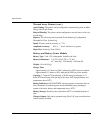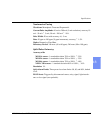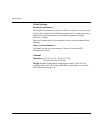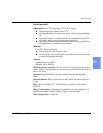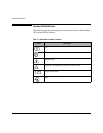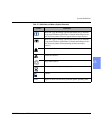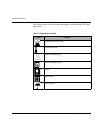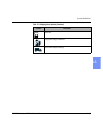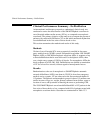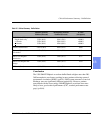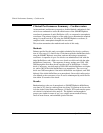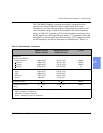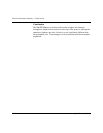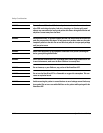
Clinical Performance Summary - Defibrillation
13-14 Specifications & Safety
Clinical Performance Summary - Defibrillation
An international, multicenter, prospective, randomized, clinical study was
conducted to assess the effectiveness of the SMART Biphasic waveform in
out-of-hospital sudden cardiac arrests (SCAs), as compared to monophasic
waveforms. The primary objective of the study was to compare the percent of
patients with ventricular fibrillation (VF) as the initial monitored rhythm that
were defibrillated in the first series of three shocks or less.
This section summarizes the methods and results of this study.
Methods
Victims of out-of-hospital SCA were prospectively enrolled in four emer-
gency medical service (EMS) systems. Responders used either 150J SMART
Biphasic AEDs or 200-360J monophasic waveform AEDs. A sequence of up
to three defibrillation shocks were delivered. For the biphasic AEDs, there
was a single energy output of 150J for all shocks. For monophasic AEDs, the
shock sequence was 200, 200, 360J. Defibrillation was defined as termination
of VF for at least five seconds, without regard to hemodynamic factors.
Results
Randomization to the use of monophasic or SMART Biphasic automatic
external defibrillators (AEDs) was done in 338 SCAs from four emergency
medical service systems. VF was observed as the first monitored rhythm in
115 patients. The biphasic and monophasic groups for these 115 patients were
similar in terms of age, sex, weight, primary structural heart disease, cause or
location of arrest, and bystanders witnessing the arrest or performing CPR.
The 150J SMART Biphasic waveform defibrillated 98% of VF patients in the
first series of three shocks or less, compared with 69% of patients treated with
monophasic waveform shocks. Outcomes are summarized in Table 13-3.



